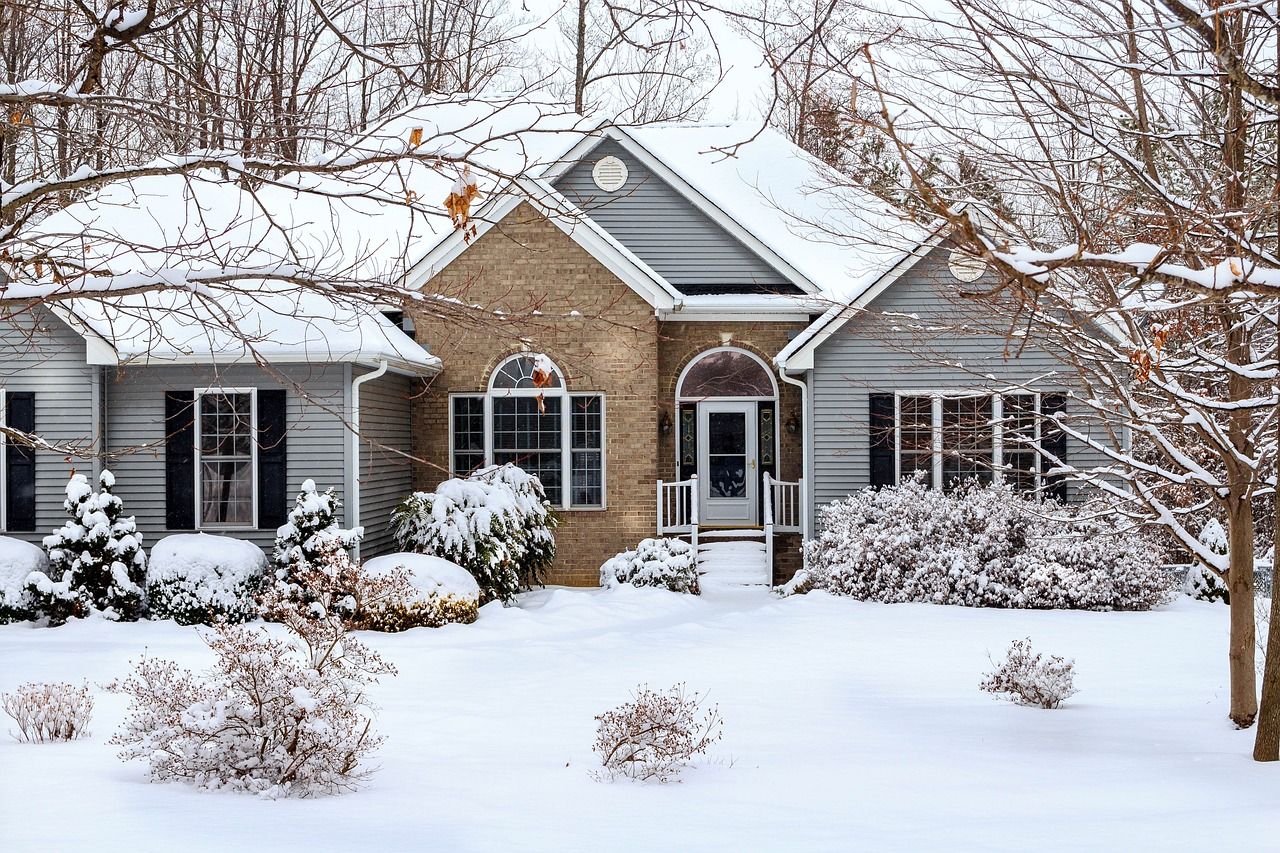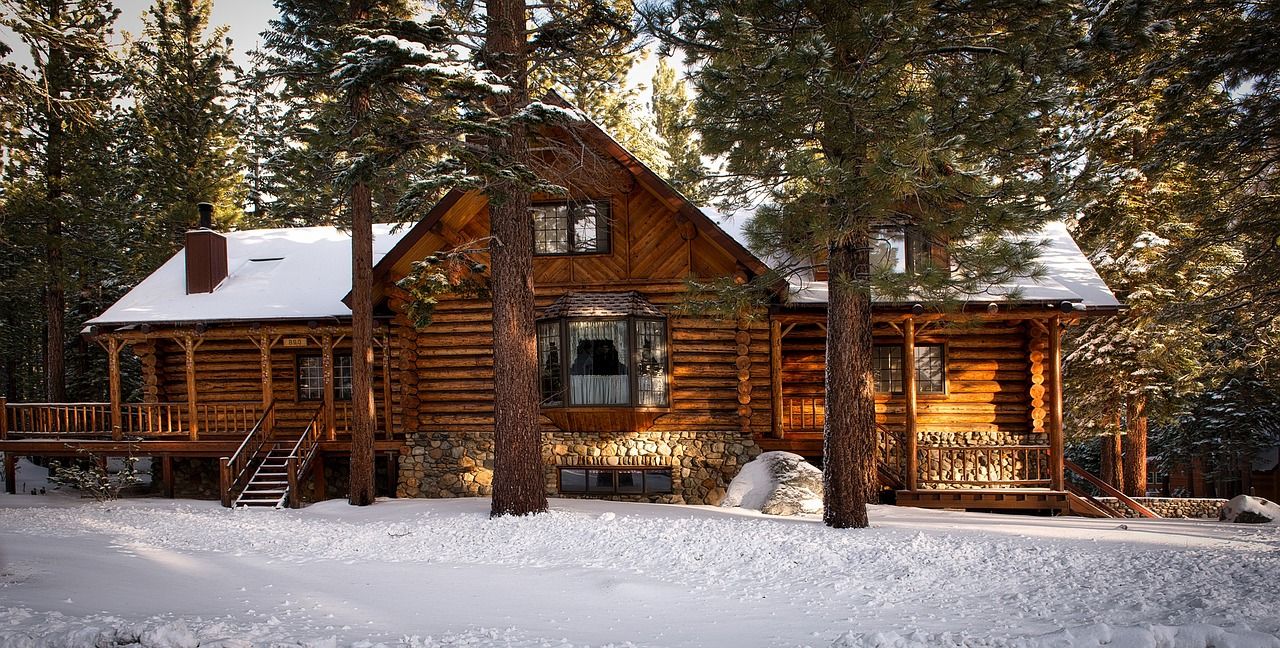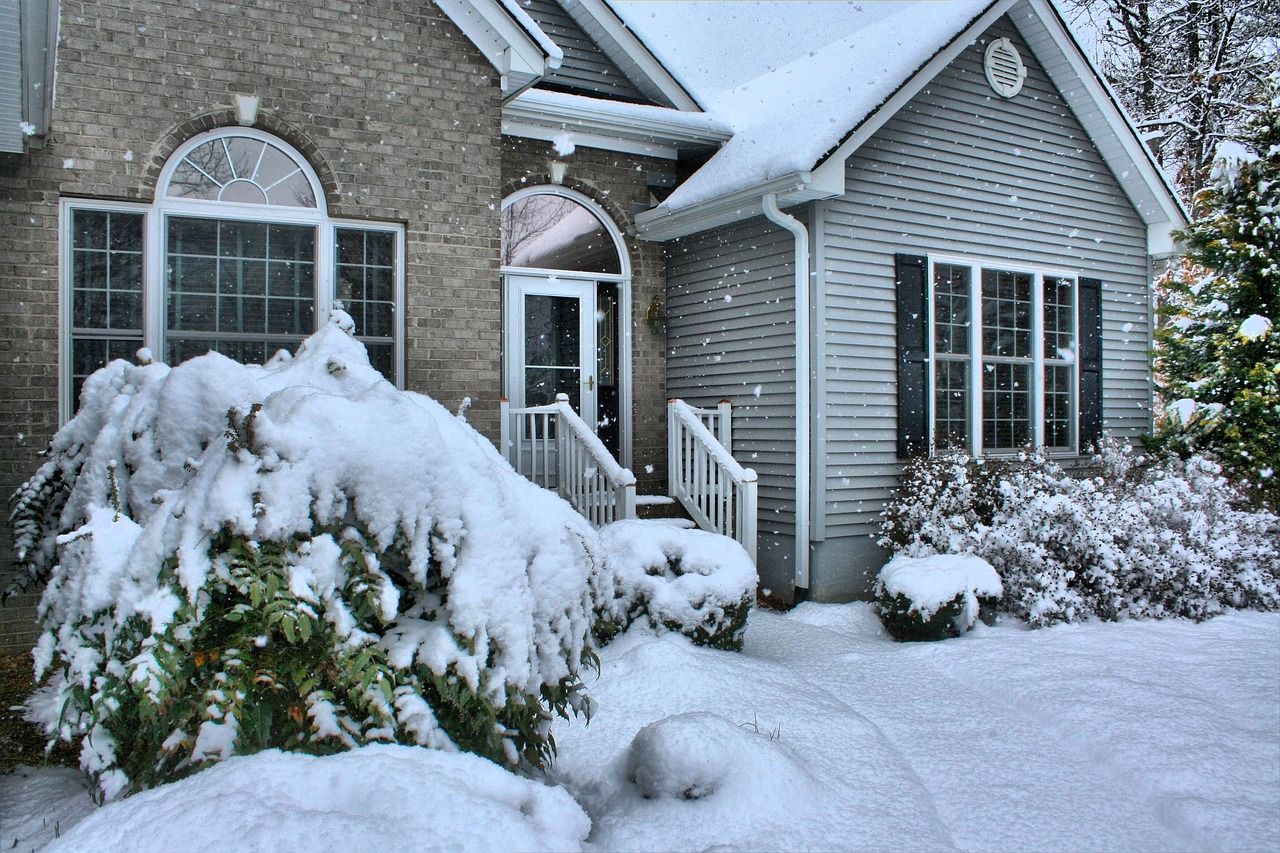As the vibrant hues of fall give way to winter's frosty embrace, it's essential for homeowners to prepare their homes for this seasonal shift. This period, often referred to as the fall to winter transition, requires careful attention to ensure that your home remains safe, energy-efficient, and cozy during the colder months. Following expert Fall to Winter Transition Tips can help alleviate the stress that comes with this change and ensure a seamless transition.
Seasonal home care isn't merely about swapping out decor or changing your home's aesthetic. It involves a series of maintenance tasks that protect the integrity and value of your property. From checking your heating system to winterizing your outdoor space, these tasks play a crucial role in preventing costly repairs and ensuring the longevity of your home.
Understanding the significance of this transition and having the right guidance can make all the difference in your preparation efforts. This article will delve into the top advice from home experts for a smooth fall to winter transition, providing you with a comprehensive guide to tackle this seasonal change head-on. With these tips, you can navigate this transition confidently and set your home up for a warm and worry-free winter.
The Importance of Seasonal Transition
The shift from fall to winter is more than a mere change in the calendar months. It marks a drastic change in weather conditions, which can significantly impact your home. The importance of home maintenance in fall and winter cannot be overstated, as it forms the backbone of securing your home against the harsh winter elements and ensuring it functions optimally.
Homeowners who neglect this seasonal transition often face a series of challenges. For instance, failing to winterize your water system can lead to frozen pipes, which can burst and cause substantial water damage. A neglected heating system can lead to inefficiencies, causing skyrocketing energy bills or, worse, a complete breakdown in the middle of winter. Overlooking the need for roof and gutter maintenance could result in ice dams, causing water leaks and structural damage to your home.
Home maintenance in fall and winter is also crucial for maintaining indoor air quality. As homes are usually closed off from the outside air during winter, ensuring your ventilation system is functioning properly is essential to prevent the buildup of indoor pollutants.
Moreover, preparing your home for winter can enhance its energy efficiency. By sealing drafty windows and doors, insulating your home adequately, and ensuring your heating system is in peak condition, you can reduce energy usage and save significantly on your utility bills.
In essence, the seasonal transition from fall to winter presents a critical window to carry out important maintenance tasks. These tasks not only safeguard your home against potential winter-related damage but also contribute to a comfortable, warm, and healthy living environment. Thus, investing time and resources in home maintenance in fall and winter is vital for every homeowner aiming for a smooth and hassle-free winter experience.

Top Tips from Home Experts
1. Thoroughly Inspect and Clean Your Heating System
Home experts advice for seasonal change emphasizes the importance of a well-functioning heating system. Ensure your furnace, boiler, or heat pump is thoroughly cleaned, inspected, and serviced. This not only enhances efficiency but also prevents potential breakdowns in the cold winter months. A well-maintained heating system will provide you with the warmth you need while saving on energy costs.
2. Seal Windows and Doors
Drafty windows and doors can lead to significant heat loss, causing your heating system to work overtime. Use weather stripping or caulk to seal any gaps, enhancing your home's insulation. This simple yet effective tip can drastically reduce your heating costs and increase comfort during winter.
3. Winterize Your Water System
To prevent frozen pipes, it's crucial to winterize your water system. Drain the water from your outdoor faucets and irrigation systems, and insulate your indoor pipes, particularly those in unheated areas. Following these steps can prevent costly water damage and ensure a steady water supply throughout winter.
4. Check Roof and Gutters
Inspect your roof for any damages or leaks, and clean your gutters to prevent ice dams. Overlooking this can result in water leaks and structural damage, leading to expensive repairs. Regular roof and gutter maintenance enhances your home's ability to withstand harsh winter conditions.
5. Ensure Proper Ventilation
With homes closed off during winter, indoor air quality can deteriorate. Ensure your ventilation system is clean and functioning properly. Consider using air purifiers or dehumidifiers to maintain a healthy indoor environment. This step promotes better respiratory health and overall well-being during the winter months.
Remember, these home experts' advice for seasonal change help in maintaining the structural integrity of your home, enhancing its energy efficiency, and promoting a comfortable and healthy living environment for you and your family throughout winter.
Home Maintenance Checklist for Fall to Winter
Winter poses unique challenges for homeowners, but with proactive measures, you can protect your property from potential damage. To assist homeowners during the seasonal transition, we've compiled a comprehensive checklist. This list provides clear seasonal home care guidance, ensuring your home is adequately prepared for winter.
1. Clean Gutters
Regularly clear your gutters of leaves and debris before winter sets in. Clogged gutters can lead to ice dams, causing water backup that may damage your roof and interior.
2. Insulate Pipes
Insulate exposed pipes, especially those in unheated areas, to prevent them from freezing. Frozen pipes can burst, causing extensive water damage. Apply pipe insulation to safeguard against the cold.
3. Trim Tree Branches
Heavy snow and ice accumulation can weigh down tree branches, leading to breakage and potential damage to your home. Trim branches close to your house to minimize the risk of falling limbs during winter storms.

4. Regular Roof Inspection
Conduct a thorough inspection of your roof before winter begins. Look for damaged or missing shingles and address any issues promptly. A well-maintained roof prevents leaks and water infiltration.
5. Snow Removal
Keep walkways, driveways, and entry points clear of snow and ice. Regular snow removal not only prevents slips and falls but also protects your property from potential damage caused by heavy snow loads.
6. Heating System Maintenance
Schedule a professional inspection of your heating system. Clean or replace filters, check for leaks, and ensure that the system is operating efficiently. A well-maintained heating system reduces the risk of fire hazards and malfunctions.
7. Seal Windows and Doors
Check and reinforce the seals around windows and doors. Proper seals prevent drafts, keeping your home warm and reducing the workload on your heating system.
8. Protect Outdoor Faucets
Disconnect and drain outdoor hoses, and cover outdoor faucets to prevent freezing. Frozen faucets can burst, causing water damage and plumbing issues.
9. Foundation Inspection
Examine your home's foundation for cracks or gaps. Seal any openings to prevent cold air from entering and minimize the risk of water infiltration.
10. Emergency Kit Preparation
Assemble an emergency kit with essentials like flashlights, batteries, blankets, and non-perishable food items. Being prepared ensures you can respond quickly to any unforeseen winter-related issues.
This checklist provides a clear guideline for homeowners, making the transition from fall to winter smooth and worry-free. By taking these preventive measures, you can fortify your home against the potential damages of winter, creating a safer and more resilient living environment for the colder months.
Energy Efficiency for Winter
As winter sets in, optimizing energy efficiency in your home becomes crucial for both environmental sustainability and cost savings. Here are practical tips to keep your space warm without excessive energy consumption.
1. Seal Leaks and Insulate
Identify and seal any gaps or leaks around windows, doors, and other openings. Proper insulation, especially in the attic and walls, prevents heat loss, ensuring that your heating system operates more efficiently.
2. Programmable Thermostats
Install a programmable thermostat to regulate indoor temperatures based on your schedule. Lower the temperature when you're away or asleep, and raise it when you're active. This automated approach optimizes energy use.

3. Sunlight Utilization
Make the most of natural sunlight during the day. Keep curtains and blinds open to allow sunlight to warm your home naturally. This simple step reduces the need for artificial heating during daylight hours.
4. Efficient Heating Systems
Ensure your heating system is well-maintained. Clean or replace filters regularly, and schedule professional inspections to address any issues. Consider upgrading to more energy-efficient heating equipment if your current system is outdated.
5. Layer Up and Zone Heating
Dress warmly and use blankets to stay cozy. Additionally, implement zone heating by using space heaters in frequently occupied rooms. This allows you to maintain comfort without heating the entire house.
6. Energy-Efficient Lighting
Switch to energy-efficient LED or CFL bulbs. Not only do they last longer, but they also generate less heat, reducing the burden on your cooling system.
7. Close Unused Vents
Close vents in rooms that are not in use to redirect heat to areas where it's needed most. This targeted approach maximizes efficiency and ensures optimal warmth where you spend the most time.
8. Regular Maintenance
Keep your home's heating equipment and appliances well-maintained. Clean out dust and debris, and address any issues promptly. Regular maintenance enhances efficiency and prolongs the lifespan of your systems.
9. Smart Home Technology
Explore smart home devices that allow you to control heating and lighting remotely. Programmable smart thermostats, in particular, offer convenient ways to manage energy usage and comfort levels.
By implementing these energy-efficient practices, you not only contribute to a greener planet but also enjoy the benefits of lower utility bills during the winter season.
In summary, the transition from fall to winter is a critical time that requires proactive home maintenance for a safe, comfortable, and energy-efficient cold season. The home experts advice for seasonal change should be taken into account by every homeowner. Proper preparation can help you avoid major challenges such as frozen pipes, expensive heating bills, structural damage, and poor indoor air quality, all of which can have serious implications on your comfort and budget.
The importance of a well-maintained heating system, sealing drafty windows and doors, winterizing your water system, checking your roof and gutters, and ensuring proper ventilation cannot be overstated. These steps, along with a thorough checklist for seasonal home care guidance, are vital for maintaining your home's structural integrity and creating a warm, healthy living environment during the harsh winter months.
Finally, let's remember that home maintenance is not just about fixing problems, but also about preventing them. Therefore, let's implement these valuable tips and advice into our routine home maintenance. By doing so, we can not only safeguard our homes but also enjoy the winter season to its fullest, knowing that we are well-prepared for whatever it may bring.






